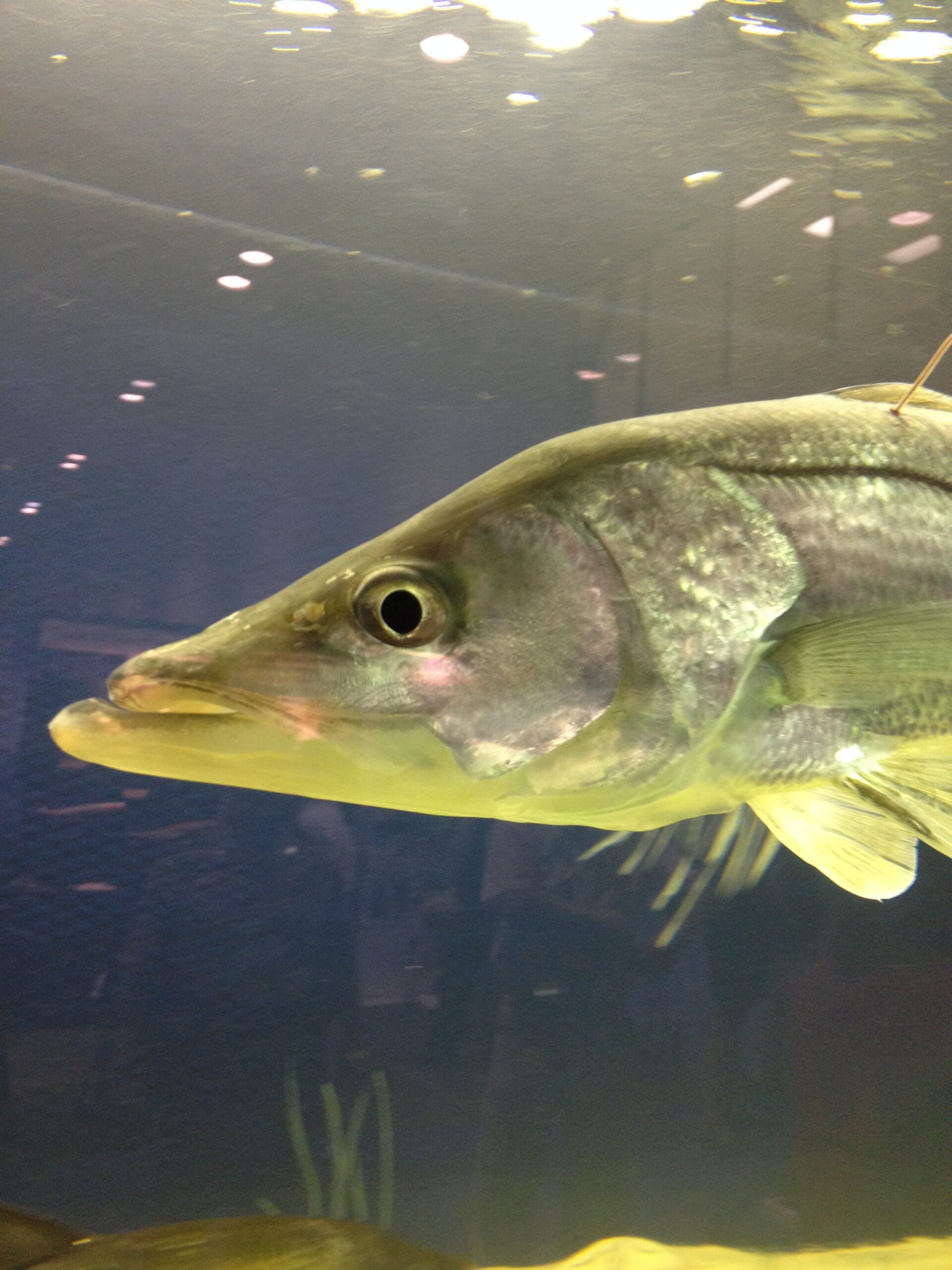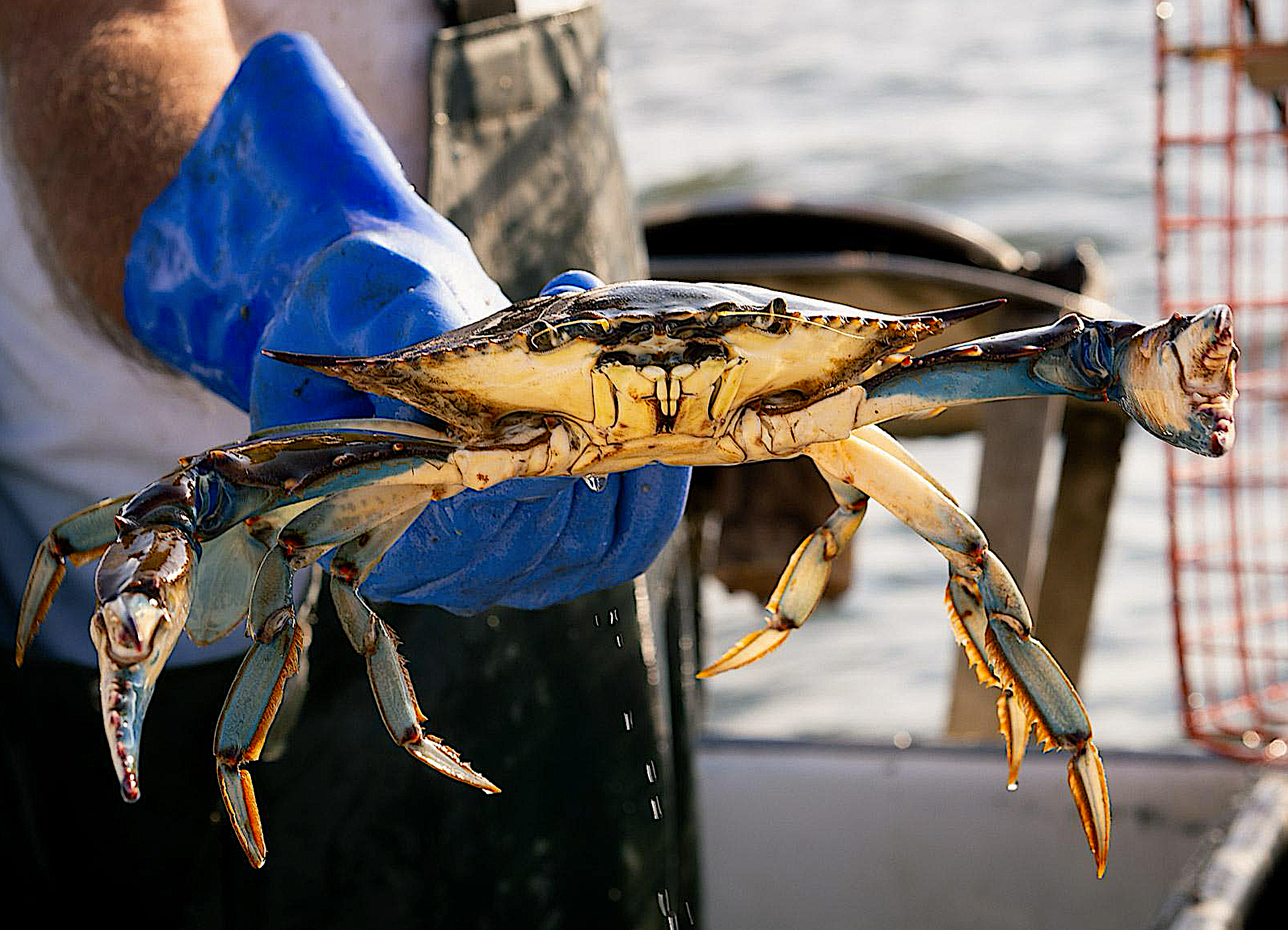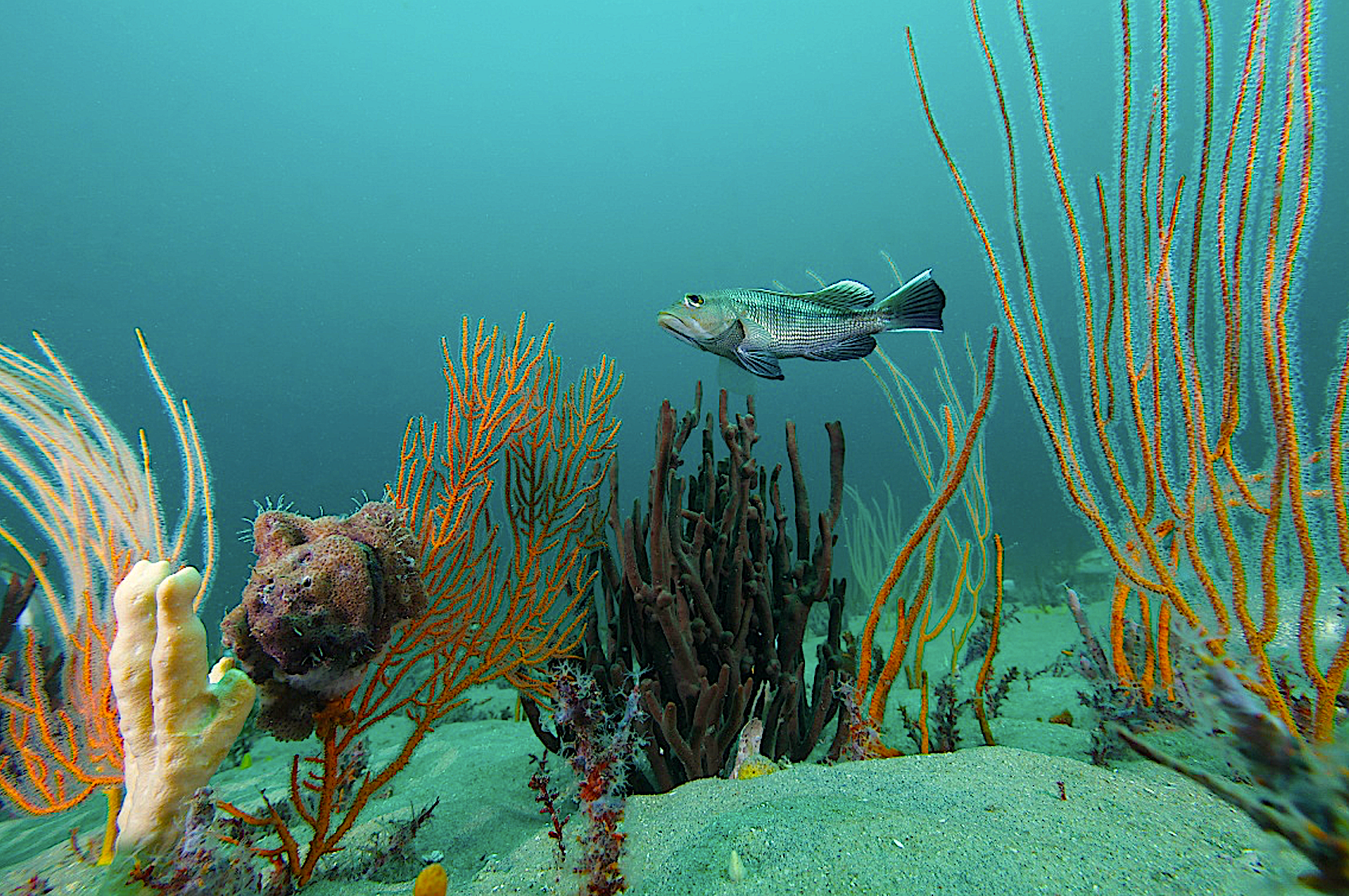Are More Warm-Water Fish Calling the North Carolina Coast Home?

As ocean temperatures increase, snook may become a catch for North Carolina anglers.
For several years, you have heard of snook being caught every now and then in North Carolina. Research to identify the expanding northward range of fish species includes a recent study of snook off the coast of South Carolina, just 60 miles south of the North Carolina border.
Research Need
Ordinarily, snook have a limited tolerance of cold and prefer to live from the tropics to southern Florida and Texas because water temperatures lower than 50° F can kill them. Scattered reports have documented snook being caught in waters off Georgia to North Carolina, but those were considered chance events due to tropical storms or other temporary shifts in currents. Researchers thought it was important to determine if the snook were making a more permanent shift northward —and potentially expanding their population range.
Confirming a shift of the snook (and other species) is valuable for many reasons. Scientists who confirm that a species is shifting geographically long-term can then provide fishery managers with this information, who then can take steps to preserve the new populations and potential habitat, especially if the newer species will compete for food or habitat with existing species.
What did they study?
Scientists located juvenile common snook in the saltmarshes outside Georgetown County, South Carolina. The scientists sampled juvenile snook and tested water temperatures over several periods during 2018-2019.
Their goals were to determine the age, hatch dates, and growth rates of the snook and compare the data with that from known nurseries in Florida to try to see if the juvenile fish were wintering at this more northern location. Bony fish have a structure called an otolith (roughly like a human inner ear), and so by counting the annual growth rings on these ear bones, the research team was able to estimate the age of a fish, like counting annual rings of a tree.
What did they find?
Based on their analysis of the age and size of the snook they found, the researchers determined that those fish were wintering in South Carolina for over a year. This allowed them to grow large enough to leave the nursery habitat for more open estuarine shorelines.
The researchers identified the results as the first study to demonstrate that snook are spending their developmental months in South Carolina. They were not able to determine if the snook had hatched from eggs laid in the area, or if their larvae had been laid in Florida and transported northward by the Gulf Stream.
Future DNA studies of the snook in the Georgetown County area may provide an answer to whether the female snook are laying their eggs in South Carolina or if they are being transported. In addition, if the researchers can document mature spawning-capable fish in the saltmarsh, that would provide a stronger indication that the range of snook is expanding northward.
Reading
Philip W. Stevens, Matthew E. Kimball, Garrett M. Elmo, Kyle L. Williams, Jared L. Ritch, and Derek P. Crane. 2021. Investigation into the Occurrence of Juvenile Common Snook Centropomus undecimalis, a Subtropical Estuarine Sport Fish, in Saltmarshes Beyond Their Established Range. Estuaries and Coasts 44: 1477-1483.
Field efforts were supported by the Belle W. Baruch Foundation Harry M. Lightsey, Jr. Visiting Scholar program, and the Bonefish & Tarpon Trust (BTT). Aging was supported with funds collected from the State of Florida Saltwater Fishing License sales, U.S. Department of the Interior, U.S. Fish and Wildlife Service, and Federal Aid for Sport Fish Restoration to the Florida Fish and Wildlife Conservation Commission.
Summary by Christine Ryan.
Lead photo by Amanda Nalley, courtesy of Florida Fish and Wildlife.
The text from Hook, Line & Science is available to reprint and republish at no cost, but only in its entirety and with this attribution: Hook, Line & Science, courtesy of Scott Baker and Sara Mirabilio, North Carolina Sea Grant.
- Categories:



